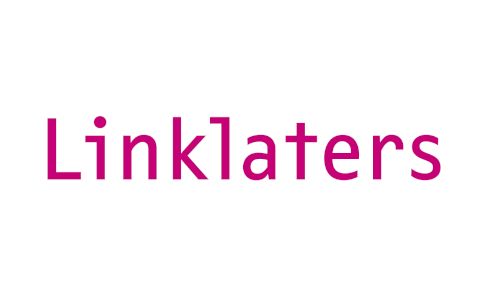- Executive Note
- Editorial note
- Interviews
- Human Resources
- Events Coverage
Pay Transparency Directive: revolution approaching
Linklaters | May 6, 2023, 21:45


On 30 March, the European Parliament adopted the Pay Transparency Directive. Member states will be required to transpose it to their national legal systems within three years – that is, by 2026. In practice, the nature of the provisions will mean a revolution for employers. As declared, the Directive will lay down minimum requirements to strengthen the application of the principle of equal pay between men and women and the prohibition of discrimination on grounds of sex through pay transparency and reinforced enforcement mechanisms. According to the data provided by Eurostat, the gender pay gap persists and stands at around 13% across the EU (it differs in various countries). The new rules will come into force 20 days after their publication in the Official Journal.
The new regulations will require pay terms to be more visible and transparent for employees. This is supposed to be achieved by imposing various additional obligations on the employers and by providing the employees with certain rights to information. Without a doubt, this will necessitate a change in the current approach in internal company procedures. In practical terms, a review should be underway now to identify any flaws in the required standard to provide sufficient time to adjust internal rules and measures before they are shared openly and in various elements – also in public space.
The projected radical solutions that will be the game-changers for the employers, include:
- Remuneration in job ads or prior to job interview: Information about the initial remuneration level or its range for the position concerned will need to be included in job adverts or otherwise provided to a candidate prior to the job interview
- Ban on asking about pay history: It will not be possible to ask about pay history during previous employment relationships
- Transparency of pay: obligation to set criteria for pay levels: The employer will be required to make easily accessible a description of gender-neutral criteria used to determine pay levels and career progression for employees
- Transparency of pay: right of employees to information on their remuneration compared to others: Employees will have the right to receive and request information (and the employer should inform them of the right on an annual basis) on their individual pay level and the average pay levels, broken down by sex, for categories of workers doing the same or equal work, in accordance with set rules
- Disclosure of remuneration for enforcement of principle of equal pay: It will not be possible to prohibit disclosing remuneration for the purpose of enforcing the principle of equal pay between men and women for equal work or work of equal value (however, certain safeguards, on the part of the employer will be allowed)
- Obligatory pay gap reporting: Obligatory reporting on pay gap between female and male employees will be introduced according to listed information standards; also, additional clarifications may be required upon request of authorised bodies as well as remedy unjustified gender pay gap differences as specifically provided
- Compulsory pay audits (joint pay assessments) If a pay report shows a pay gap of at least 5% in any category of employee and the employer has not justified the difference by objective and gender neutral factors, an equal pay audit will be necessary in cooperation with employee representatives as well as introduction of remedies
- Employee right to compensation: All employees who suffered harm as a result of infringement of their rights related to the principle of equal pay between men and women for equal work or work of equal value will have the right to claim and to obtain full compensation or reparation. The compensation should be real and effective and cannot be restricted with a maximum limit
- Burden of proof: The burden of proof in case of a dispute will move from the employee to the employer
Detailed obligations of the employers with respect to the above will be shaped by Polish law that will implement the Directive. Due to the numerous changes at the EU level, it will provoke substantial changes to local employment law. Currently, there are no direct provisions in local employment law that impose an obligation on employers to define transparent remuneration conditions. In larger companies there are more enhanced internal systems of job evaluations, however, they are scarcely ever public.
The gender pay gap usually remains a grey area and it is difficult for women to evidence discrimination in this context. Although there are certain general instruments available under the Polish Labour Code that attempt to define rules for remuneration systems, and how much employees earn in a given job position, they are rarely used in practice, as it is not entirely obligatory to introduce them and they do not set a gender reference.
The new law introduced following the Directive could be a tool for employees, especially women, to challenge their current terms of remuneration (gender pay-gap), especially if they are caused by benefiting from parental rights. It may also be a platform for employee representatives to raise demands and enter into a dialogue with the employer which could potentially result even in a dispute, not to mention any PR aspects of any cases of discrimination towards women. For all the reasons above, it is of paramount importance to implement respective remedies and transparent remuneration systems long in advance to allow for a proper transformation and spread the financial impact that equalising remuneration may cause, as general increase of women’s remunerations in organisations is likely.








